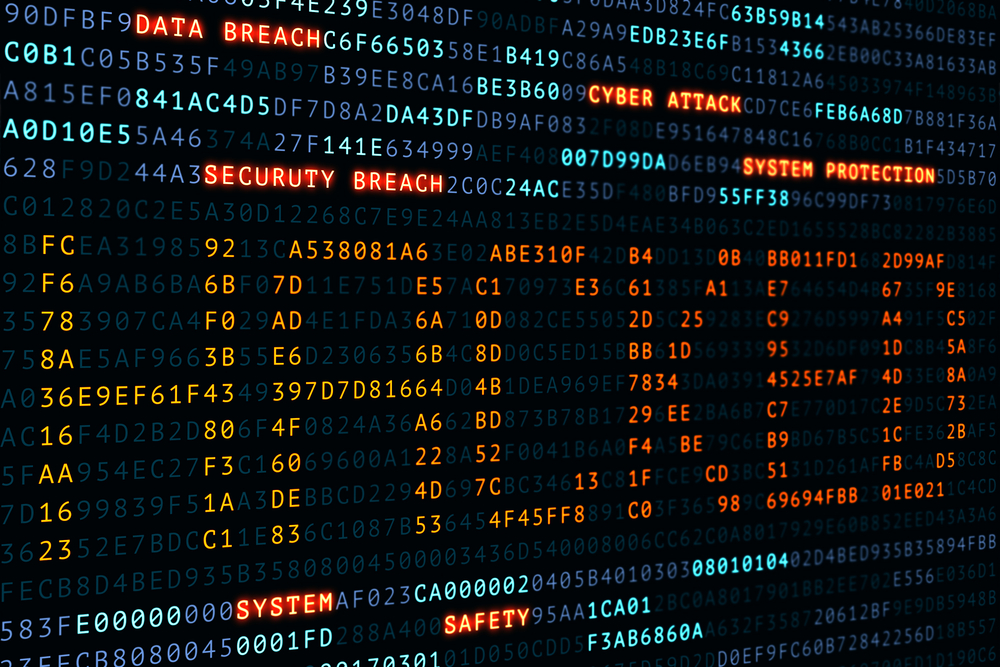We all know from recent headlines that not even the largest of organizations is immune to a cyber-attack. But we also know that keeping data safe is not an easy task. While most of us understand the need to set up defenses and develop policies to reduce the risk and impact of a successful cyber-attack, many of us fail to test those defenses with cybersecurity drills. Such exercises simulate specific, real life cyber-attacks, and allow organizations to gain valuable insights into their real-world response. The results may confirm that the defensive strategy already in place is effective. On the other hand, they might reveal that some improvement is needed.
Here are some of the benefits you can reap by conducting these exercises:
Identify both your security weaknesses and strengths
Probably the most obvious reason you want to run cybersecurity exercises is to look for security weaknesses. Whether it’s to pinpoint vulnerabilities within your network or weaknesses in security controls, cybersecurity drills will expose them. This will then enable you to develop plans to fix those flaws in a prompt manner.
At the same time, there is also great value in identifying what is actually working well. Successful strategies and policies can be used as templates in areas where weaknesses have been uncovered.
Improve staff awareness and training
Simply by the act of administering cybersecurity drills, you expose staff to the threats your organization faces daily. From entry-level employees to the board of directors, a lack of awareness about the nature and scale of such threats can have dire consequences. But by being taught to recognize risks and then trained to react accordingly, employees can actively help prevent a potential disaster. These cybersecurity exercises are a large part of the hands-on training and practical experience needed to do just that.
Uncover Areas of Non-Compliance
Cybersecurity exercises may expose areas of non-compliance to legal, regulatory or contractual requirements. This gives you an opportunity to fix them and avoid unnecessary legal – and financial – penalties.
Collect Useful Data
If the ultimate goal of an organization is to develop or maintain top-level security, the only way to know what works or what needs improvement is to gather data. These metrics will guide and inform future strategy. However, there are only two ways to get that data: An actual cyber-attack or a simulated one. Clearly the only desirable option is the latter!
The data you collect help prepare you for future attacks by drawing up a clearer picture of the costs and timescales involved. For instance, what resources will be required, and at what expense? How long will it take to resume normal operations? Cybersecurity exercises provide that hard data to help you build greater resilience. The data also serve as a basis for any financial justification that might be required.
Determine the Need for Outside Assistance
For most small to medium sized organizations, it might be unrealistic to hire and maintain an internal IT security team capable of handling every type of attack scenario. In fact, many large organizations still find they need assistance from external sources. By running security exercises, you can determine which attack scenarios might require that outside help. From there you can sort out the details: How quickly can outside expertise be secured? How much will it cost? By finding the answers to these questions in advance of an actual event, you will be armed with the information crucial to your organization’s overall defensive strategy.
Update Your Policies
The results of your cybersecurity drills may well reveal that your current policies, standards, and guidelines are outdated and/or ineffective. Reduce the potential damage and disruption a cyber-attack can wreak by having an effective incident response policy in place. Security policies should be reviewed and revised regularly, as security issues are fluid and threats constantly change. The results of your security exercises can provide useful information to guide that revision.
So while a cyber-attack is likely – if not certain — to happen at your organization at some point, conducting rehearsals (think fire drills) in order to prepare just makes sense. Not only will these provide valuable, practical experience in how to respond, but also build awareness of cybersecurity issues and best practices at every level of your organization.





0 Comments